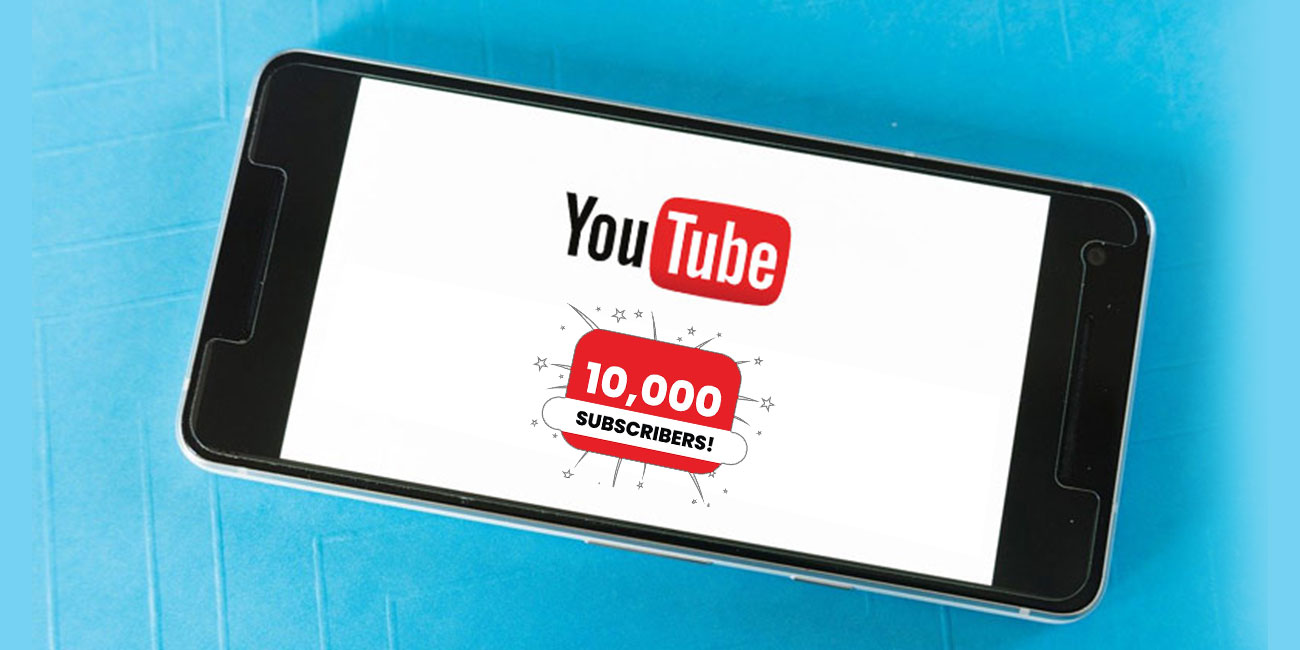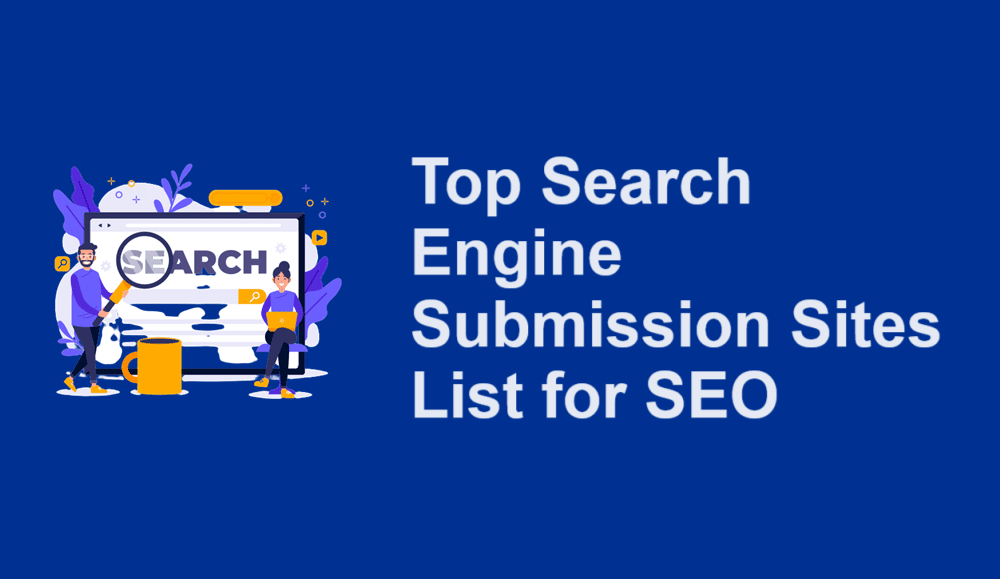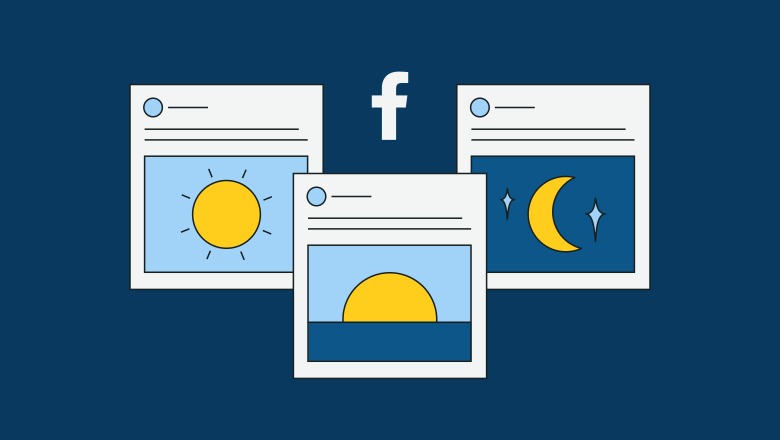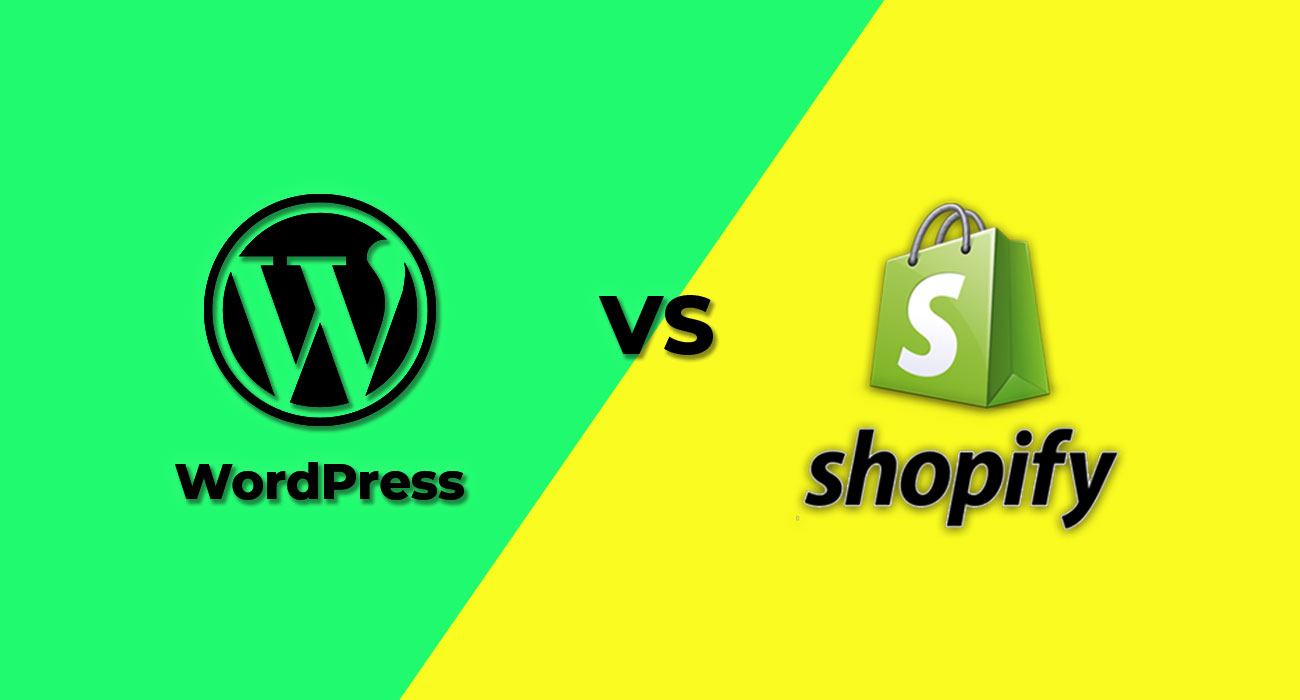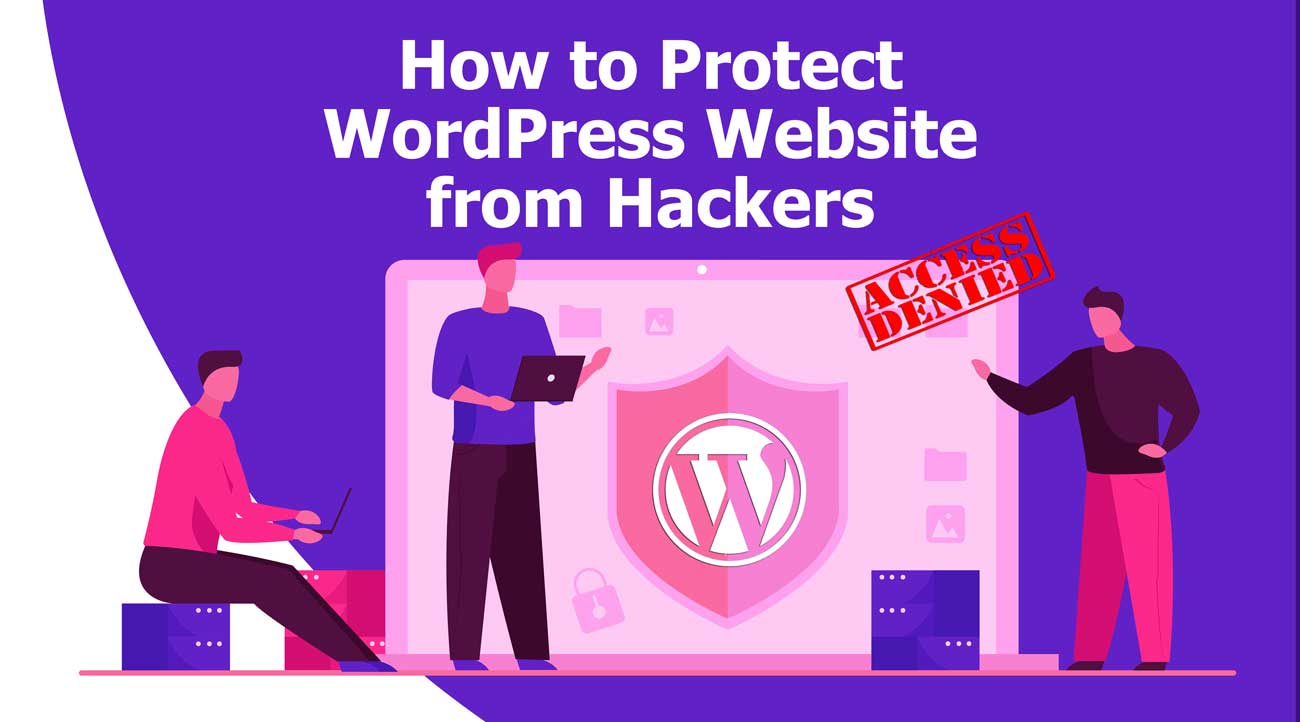
Regardless of which business you have started, what is your product quality, how massive offers you provide or in which area you run your business, if you want success, you must have to adopt some sustainable and practical marketing strategy.
As per a report, out of 10 business, 7 could not survive till the 2nd year, just because of low growth and increasing competition. This could be exceptionally different if the business invests a percentage of budget in marketing for a certain time of time.
Why Marketing Is Important?
Marketing is the method to create awareness, interest about your product among your target audience and eventually generates lead or sales. And based on your business or product type, target area, target audience and several other factors, this method may change broadly. While in some cases offline marketing could provide better result, for others online marketing services could be a better bet.
In today’s interconnected world, a well-rounded marketing strategy that combines both online and offline channels is essential. This article aims to provide a comprehensive guide on how businesses can harness the power of marketing strategy across both online and offline platforms.
Spend Time Understanding Your Target Audience
The foundation of any successful marketing strategy, regardless of the channel, lies in understanding the target audience. Remember, not every person having money would buy your product and thus wasting your effort, time and money on those non-potential audience will just increase bounce rate and your expense. So, conducting market research helps businesses identify their demographics, interests, preferences, and behaviors. This knowledge enables businesses to tailor their messaging, content, and campaigns to resonate with their audience, both online and offline.
Set Feasible & Practical Marketing Goals and Objectives
What you want from your marketing — awareness, branding, traffic, sales, registration or what? Defining clear goals and objectives is crucial for aligning marketing efforts and driving success. Businesses must establish specific, measurable, achievable, relevant, and time-bound (SMART) goals that align with their overall business objectives.
Whether the goals are to increase brand awareness, drive website traffic, generate leads, boost sales, or enhance customer loyalty, having well-defined targets provides direction and focus for marketing strategies across both online and offline channels.
Choose Right Marketing Channel based on Performance
So, what will be best marketing channel for you — online or offline, or both? Well, it will depend upon the historical performance of the channel for ‘your type of business’. While some business get better result through offline marketing, others may get better result through online marketing. And to be contrary, for some business you may need to include both channel to get a good result.
It’s always better to check the historical data before you invest your time and money. However, if you have a robust strategy or scheme, you can get good result from either, or vice versa. So, it’s always recommended to do a litmus test before you put all your effort.
What are The Various Tools to Include in Online Marketing Strategy
1. Developing a Comprehensive Website
A website serves as a digital tool for any business and is a crucial component of online marketing. It should be user-friendly, visually appealing, and optimized for search engines through search engine optimization (SEO) techniques. Publishing valuable content, such as blogs, articles, and landing pages, and updating the website regularly enhances user engagement and credibility and thus attract good number of potential traffic.
2. Content Marketing and SEO
Content marketing is exceptionally important for establishing bonding with the audience and driving organic traffic. Creating and distributing valuable, relevant, and engaging content through blogs, articles, videos, infographics, and podcasts helps attract and retain the target audience. It’s a long term and recurring process and one should not expect result overnight. Incorporating SEO techniques, such as keyword optimization, improves visibility and organic rankings gradually.
3. Social Media Marketing
Social media platforms offer immense opportunities for businesses to engage with their audience, build brand awareness, and drive website traffic. It’s a great platform to present even a serious business through a friendlier and informal way so that people feel at home and show interest getting engaged. While it may not generate sales always, it can be highly important to build a big community of like-minded users who may get converted in future. It also helps in understanding the market demand, getting genuine feedback about the business or its products/services. Furthermore, it can be one of the best places to do research on future opportunities, and developing marketing plans.
However, selecting the appropriate social media channels based on audience demographics and preferences is essential. Consistent posting, interactive content, and community engagement help cultivate a loyal following and amplify brand advocacy. Paid social media advertising can further enhance reach and target specific demographics.
4. Email Marketing and Automation
One of the most neglected, yet important online marketing tool can be email. Email marketing remains a powerful tool for nurturing leads, building customer relationships, and driving conversions. Building a valuable and email database helps businesses to deliver personalized content, exclusive offers, and recommendations. Automation using right tool and segmentation enhance the effectiveness of email campaigns, ensuring relevant messaging and timely interactions with the audience.
Have you checked these posts:
- Why WordPress is a Better Choice Than Shopify for Startups (2023)
- 9 Ways to Save Money on Google Ads — Set Professional Campaign on Your Own
- How to Protect Your WordPress Website from Hackers & Cyber Attacks
- How to Get More Views & Subscribers on YouTube Channel through SEO
How to Create a Robust Offline Marketing Strategy
1. Print Media Advertising
Traditional print media advertising in newspapers, magazines, brochures, fliers, hoardings and direct mail still holds value in reaching specific target audiences. While it has very limited life-span and often little costly, it can give your business a quick boom in a certain area. Businesses can leverage print media to showcase their brand, products, and services to a local or niche market segment.
2. Events and Trade Shows
Face to face communication often works great where people feel free to interact with a business and to gather information. Participating in industry events, trade shows, and exhibitions provides businesses with face-to-face interactions and networking opportunities. For certain types of businesses, it can offer several spot conversions and can help creating a big loyal customer base very easily. These events offer a platform to showcase products, build brand awareness, generate leads, and foster relationships with potential customers.
3. Direct Mail Marketing
Direct mail campaigns, including postcards, flyers, and catalogs, allow businesses to deliver targeted messages directly to the physical mailboxes of their audience. When combined with personalized offers, direct mail can yield high response rates and drive offline and online conversions. However, it’s true that it can be a good option for a very limited business industries.
4. Public Relations and Sponsorships
You have to inform people effectively about who are you, what you do and why you are special. And if you can do it through public relations and sponsorships, why miss this opportunity? Engaging in public relations activities, such as press releases, media interviews, and sponsorships, helps businesses enhance brand visibility and reputation. Leveraging media coverage and partnerships can generate offline and online exposure, reaching a wider audience and boosting credibility. A brand, must include this offline marketing segment in their strategy to get highlighted easily.
You Must Measure The Performance of Your Marketing Strategy
Employing tracking mechanisms and analytics tools provides valuable insights into campaign performance, customer behavior, and ROI. Spending your budget blindly in any marketing channel may lead to draining out of your budget. So, monitor the output minutely, do A/B Test among different marketing channels, calculate profit and based on the report, reinvest in the most effective channel. It’s very critical to calculate the success of an offline marketing channel and thus one need to invest in this channel based on historical success rate.
Conclusion
A successful marketing strategy combines the power of both online and offline channels to reach and engage the target audience effectively. It a continuous process and a business should invest consistently in comprehensive marketing strategies for long term growth.
By understanding the audience, setting clear goals, and leveraging various online tactics like website development, content marketing, social media, and email marketing, alongside offline strategies such as print advertising, events, direct mail, and PR, businesses can create a holistic marketing approach. Integration and measurement across channels provide valuable insights for continuous improvement and ensure long-term success in the ever-evolving marketing landscape.

